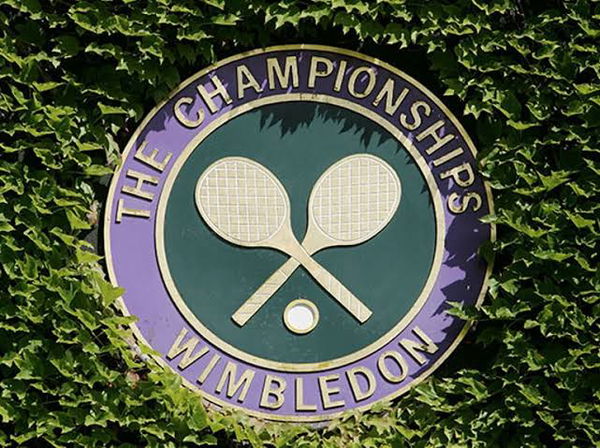

The seeding system in tennis is very simple. The seeds are the top 32 players according to the rankings. But, just as Wimbledon stands out among other Grand Slams in terms of rules and regulations, it again separates itself by having a unique system to calculate the seeds for men’s tennis. And surprisingly, the Wimbledon Seeding System is not followed for women’s game, making the seeding system inconsistent.
The seeds are still the top 32 players as of last Monday before Wimbledon when the rankings are published. However, the order of the seeds is not in the same order. Which is why, players like Federer and Hewitt have always emerged as the higher seeds even when they were not ranked as highly.
Here’s why.
ADVERTISEMENT
Article continues below this ad
The Wimbledon Seeding System is determined using a formula agreed upon with the ATP, which is:
ATP Entry System Position points + 100% points earned for all grass court tournaments in the past 12 months + 75% points earned for the best grass court tournament in the 12 months before that. These ?bonus? points are added to the normal ATP points from other tournaments to arrive at a revised total points leading to new rankings. The final list determines the order of the eventual 32 seeds.
This year eight-time Wimbledon champion Roger Federer was confirmed as the second seed, pushing Rafael Nadal down to the third seed despite being ranked below the Spaniard. And this is not the first time that it has happened. Because of Federer’s consistent good performance at grass he finds himself at the very top of the seeding every year.

It is self explanatory why Rafael Nadal and his fanbase get upset whenever the seeding is released. This year,?he is likely to have to beat both Federer and Novak Djokovic on his way to victory.

In an interview with Movistar, he expressed his displeasure with the system. He said, “I think it’s the usual thing. Wimbledon is the only tournament of the year that they do what they want in that sense, with their own criteria. Whether I’m two or three, I’ll have to play at my best. I will accept being three if they see it that way and I will fight to try to win my matches.”
ADVERTISEMENT
Article continues below this ad
He added on to say, “The only thing that does not seem right to me about this story is that it is only Wimbledon that does it, only one tournament. It has not only happened to me, it has happened to other players. They do not respect the status that some players have earned throughout the season.”
Defending champion Novak Djokovic tops the draw while South African Kevin Anderson, runner-up last year, is fourth seed despite falling to eighth in the ATP rankings.
The logic explained for having such a Wimbledon Seeding System is that?if a player has excelled on grass at other events, then he should be entitled to a higher seeding than his position in the ATP rankings at Wimbledon as it is also a grass event. There is however no explanation as to why the same Wimbledon Seeding System is not applicable for the women’s section for the same reasons.
ADVERTISEMENT
Article continues below this ad
One of the case in which women’s seeding came close to a minor deviation from it’s usual practice was when 2004 winner Maria Sharapova, who had been out of circuit for nine months owing to an injury, came back in action in 2009. She was seeded 24 that year.
Fun fact:?Only two unseeded players have won the Gentlemen’s Singles:?Boris Becker?in 1985 and?Goran Ivani?evi??in 2001.
ADVERTISEMENT
ADVERTISEMENT
ADVERTISEMENT
ADVERTISEMENT

